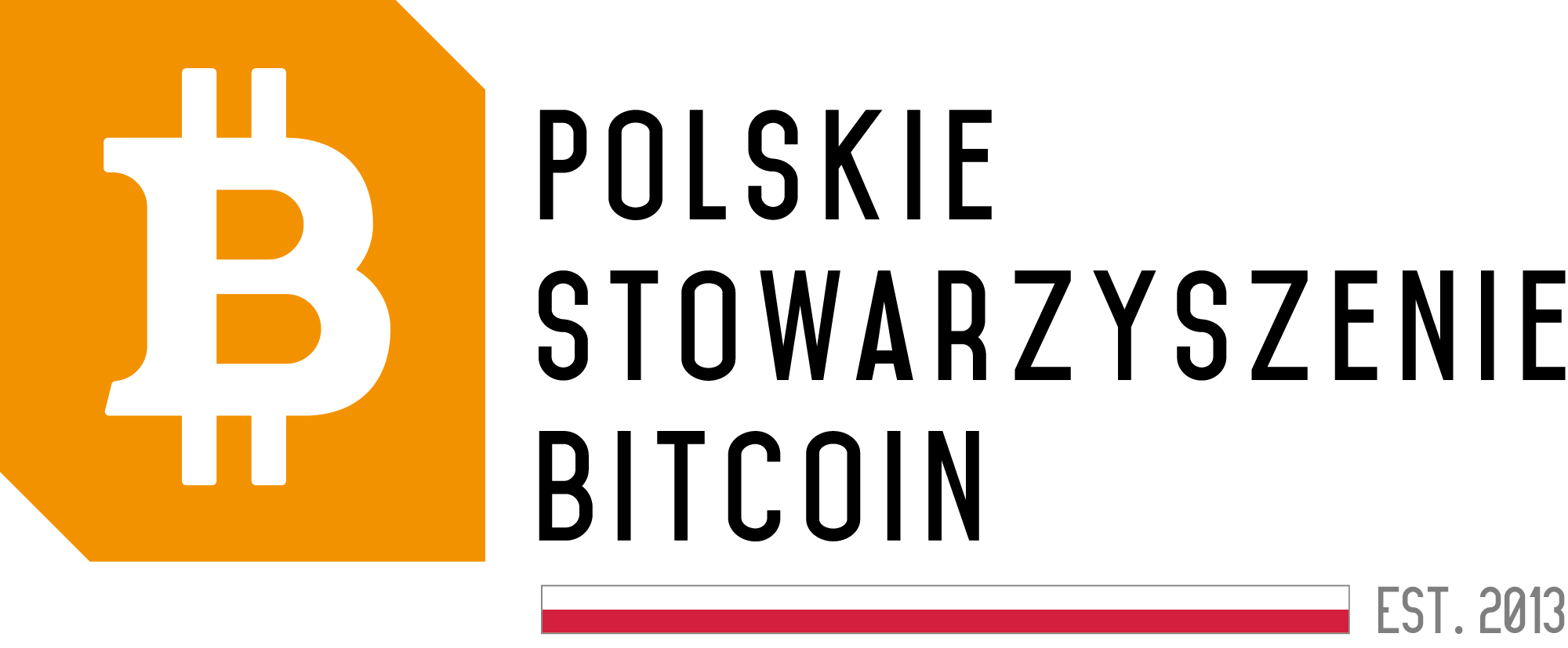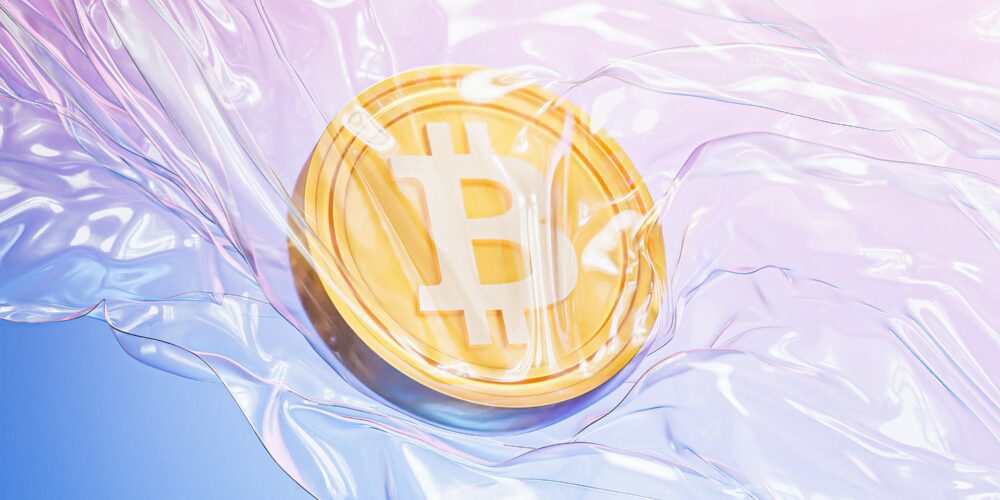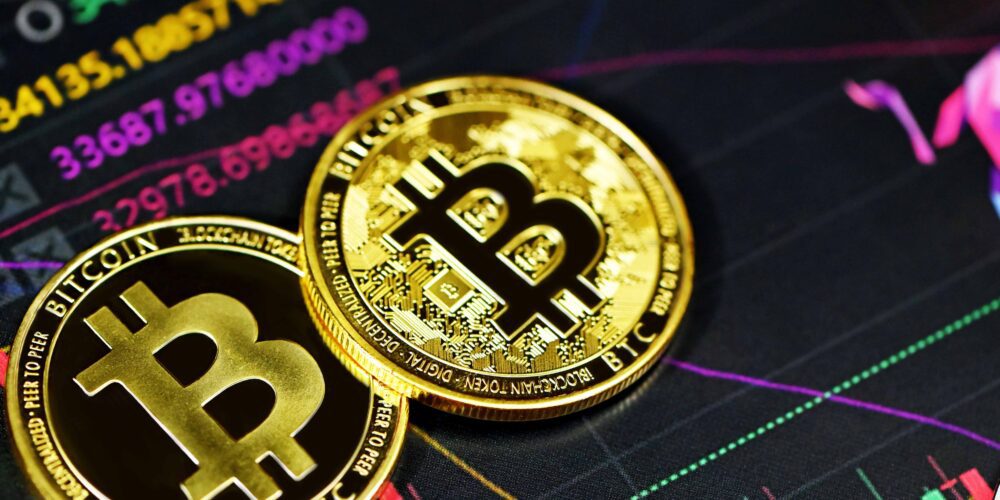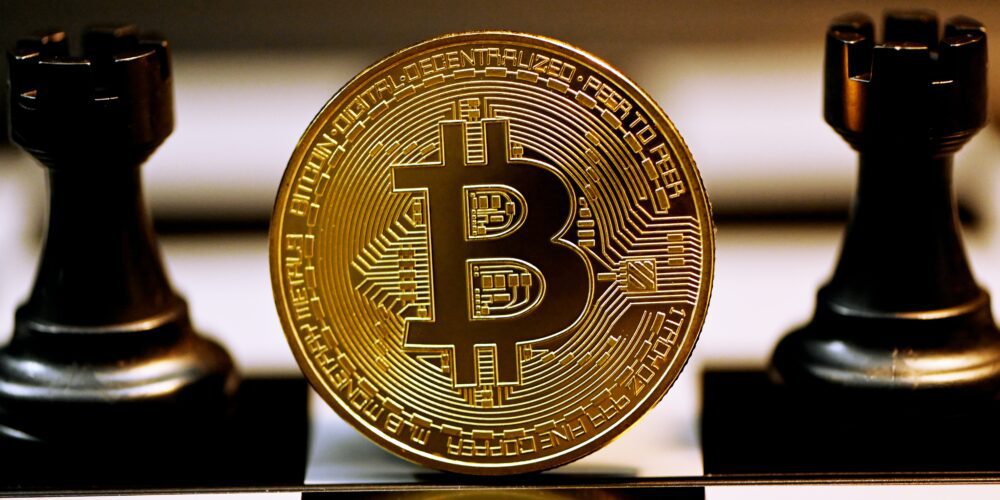“The Impact of Bitcoin Halving on Cryptocurrency Price: Data Analysis and Predictions”
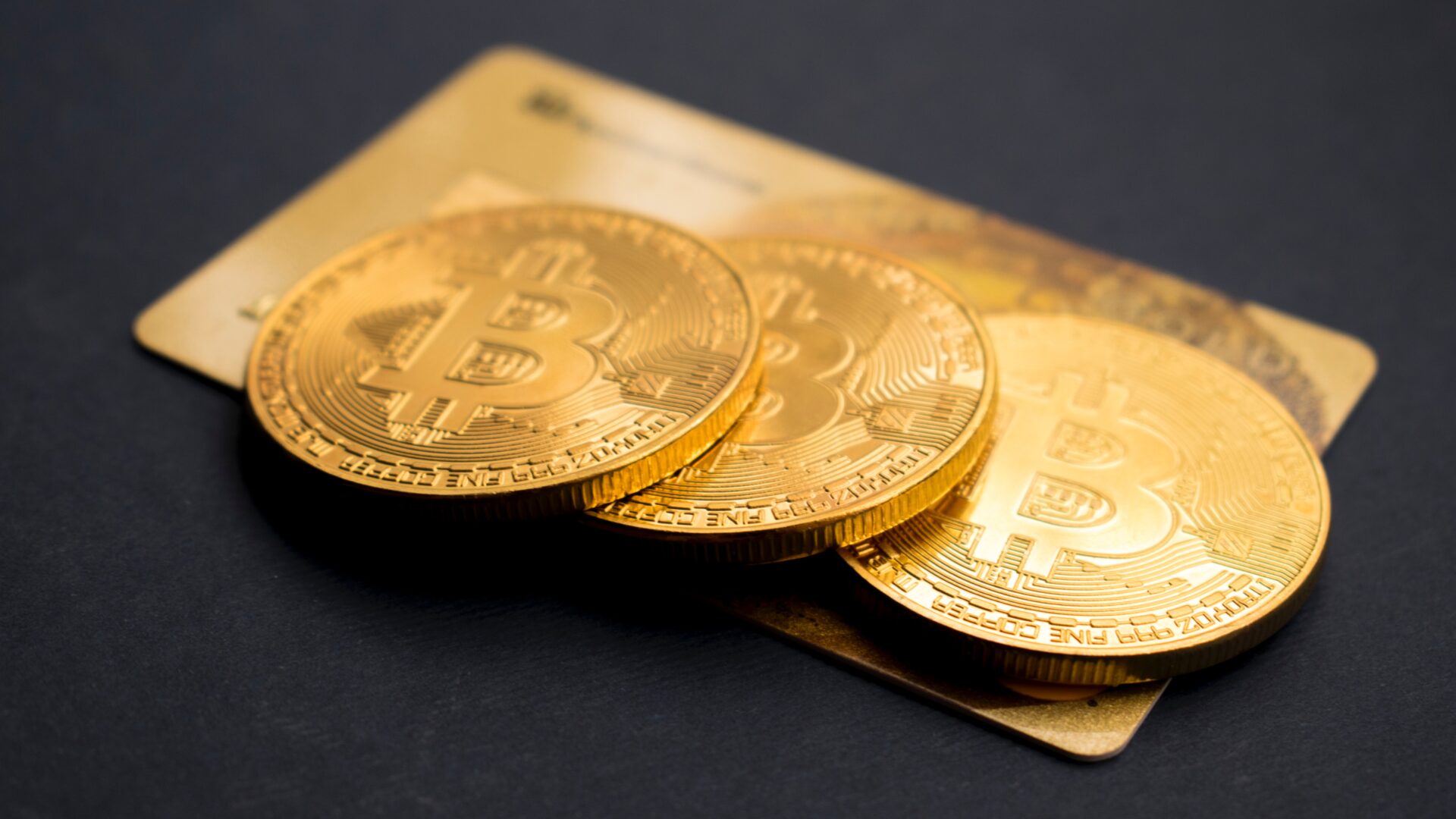
Bitcoin Halving and Its Impact on Cryptocurrency Price
Bitcoin Halving is an event that occurs approximately every four years, reducing the reward for mining a Bitcoin block and the inflation rate of this cryptocurrency. This significant moment in Bitcoin’s history always sparks speculation and discussion about its impact on the price of cryptocurrency.
Speculations and Real Impact of Halving on Bitcoin Price
Lately, speculations about the effect of reducing the block reward in Bitcoin have not been surprising for the price of Bitcoin. However, the decrease in Bitcoin supply caused by halving might not have a significant impact on the price, as demand mainly increases from investors holding substantial amounts. Demand growth is particularly noticeable among holders of 1,000-10,000 Bitcoins, with an 11% month-over-month increase.
Data Analysis and Forecasts after the Latest Halving
The current supply deficit compared to demand suggests that the halving effect on the Bitcoin price may be less effective this time than before. Long-term holders currently buy seven times more Bitcoin than the amount of new Bitcoin entering circulation.
After the 2016 halving, the Bitcoin price increased by about 4,200%, and after the 2020 halving, it rose by nearly 683%. Currently, the Bitcoin price is $68,764, representing a 7.12% increase over the last 5 days. Indicators suggest that investors are optimistic about the potential for Bitcoin price growth after the upcoming halving in April.
Is Bitcoin Halving Key to Investments?
The Bitcoin Open Interest is currently $78.36 billion, which is about 30 times higher than before the May 2020 halving. Conversely, the drop in Bitcoin prices before halving could be the last opportunity to buy before the next halving in 2024.
In conclusion, Bitcoin halving is always a crucial event that determines the further development of this cryptocurrency. However, data analysis and investor behavior suggest that the halving effect may be more complex and less predictable this time than in the past.

